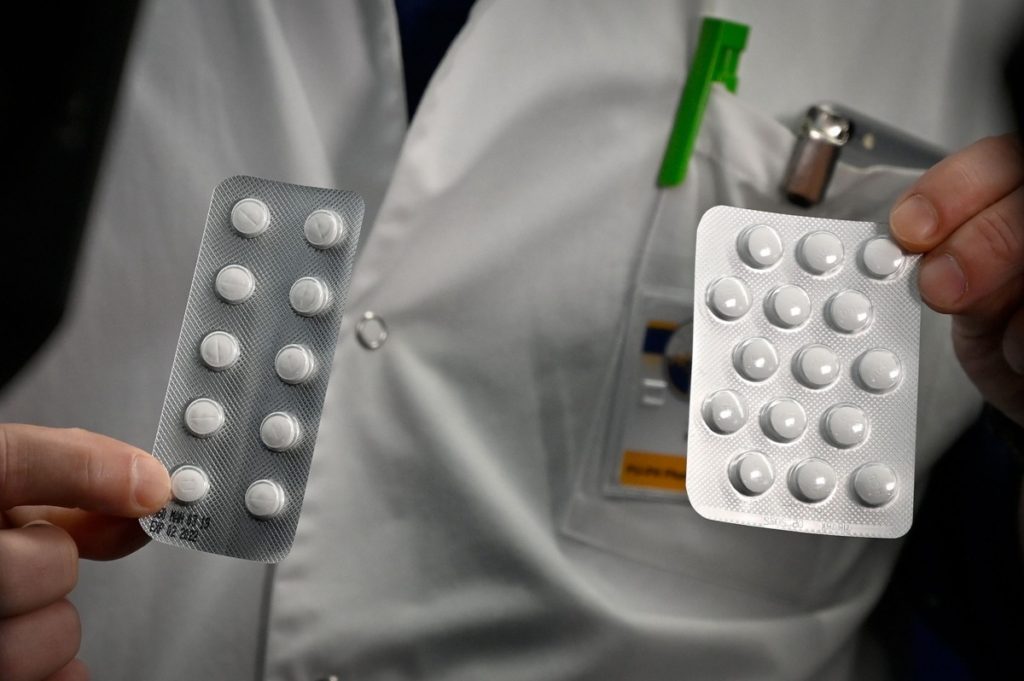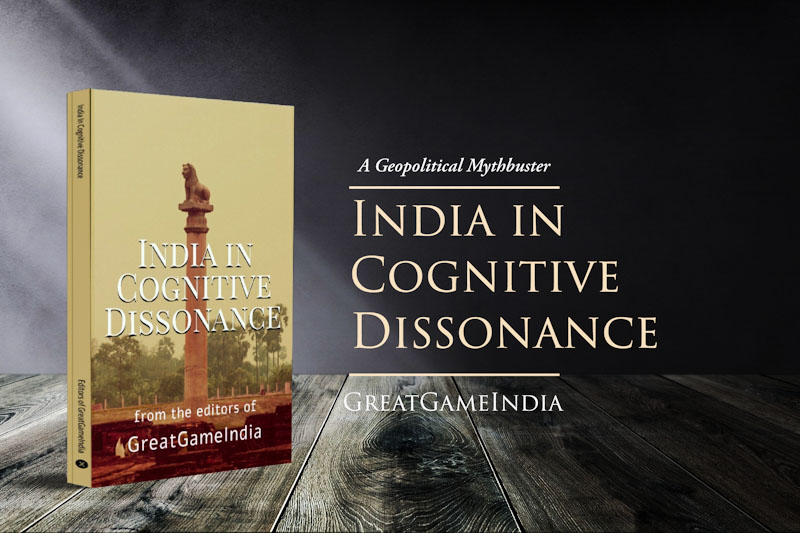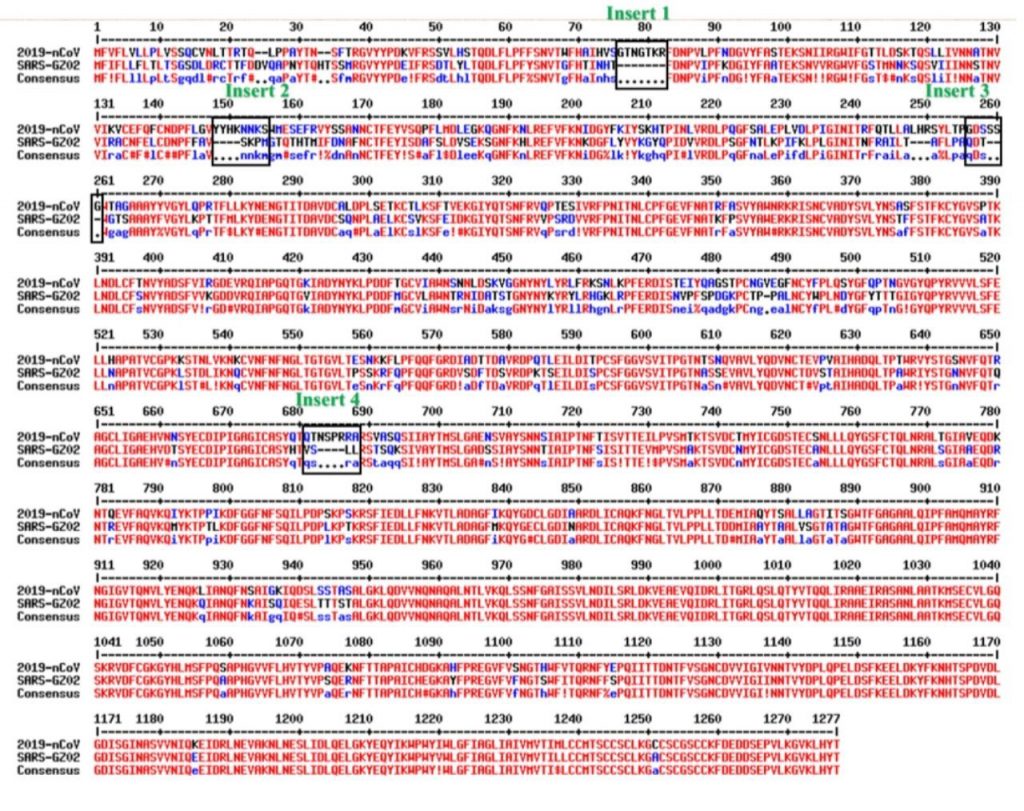- Chloroquine phosphate, an old-fashioned anti-malarial drug, has shown strong results against COVID-19 infections.
- According to South Korean and China human treatment guidelines, chloroquine is effective in treating COVID-19.
- Zinc appears to be the most effective agent in disrupting the virus and preventing the ‘cytokine storm’
- In the 2019–20 coronavirus pandemic, a number of deaths due to COVID-19 have been attributable to cytokine release storms.
Doctor’s claims of 100% success treating 699 Cov-19 patients are questioned
By M. Dowling | March 31, 202
Dr. Vladimir Zelenko, a general practitioner who treats patients in a Hassidic community, claims to have successfully treated 699 coronavirus patients with success — no deaths and only four hospitalizations.
The doctor used the Hydroxy Chloroquine, Azithromycin and Zinc cocktail. Hitting the virus early and hard, as soon as symptoms appear, is key he claims. By the time the patients are intubated, it’s usually too late.
He shared the results with Rudy Giuliani @RudyGiuliani.
The former New York City mayor also reproduced the results of French virologist Didier Raoult’s study of 80 patients with the cocktail.
He shared the results with Rudy Giuliani @RudyGiuliani.
The former New York City mayor also reproduced the results of French virologist Didier Raoult’s study of 80 patients with the cocktail.
The Washington Post reported on Thursday that Dr. Vladimir Zelenko, who discussed his use of the drug in combination with antibiotics in a Forward article on Tuesday, had been contacted by President Trump’s new chief of staff, Rep. Mark Meadows. A person close to Meadows told the Post that the two had been in touch and White House experts were evaluating Zelenko’s protocol.
Reports also said that Vice President Mike Pence has urged the Food and Drug Administration (FDA) to expedite the bureaucratic process so that Dr. Zelenko’s medicine, which also includes antibiotics, zinc, vitamins, and anti-fever medication, will be available for use with coronavirus patients.
IT COULD BE FRAUDULENT
Meanwhile, leaders and community groups in Dr. Zelenko’s hometown of Kiryas Joel have requested he cease publicizing his new medication, or else leave them out of his statements after he wrongly claimed that 90% of the town’s population had coronavirus. The county health commissioner blasted the statement as “irresponsible” in light of the fact that he had only tested 14 patients.
Dr. Zelenko works in a clinic near the Hassidic community, Kiryas Joel.
It seems this would be an easy thing to verify. The difference between hundreds and fourteen patients is rather significant.
Mr. Giuliani, Charlie Kirk, and Laura Ingraham had their tweets promoting the drugs taken down.
Watch:
https://www.independentsentinel.com/doctors-claims-of-100-success-treating-699-cov-19-patients-are-questioned/
___
Studies Claim Malaria Drug Chloroquine Effective Against Coronavirus
- Chloroquine phosphate, an old-fashioned anti-malarial drug, has shown strong results against COVID-19 infections.
- According to South Korean and China human treatment guidelines, chloroquine is effective in treating COVID-19.
- Zinc appears to be the most effective agent in disrupting the virus and preventing the ‘cytokine storm’
- In the 2019–20 coronavirus pandemic, a number of deaths due to COVID-19 have been attributable to cytokine release storms.
JAMES DELINGPOLE | 18 Mar 2020
Sure this Coronavirus pandemic is a misery but I’m much more optimistic than most at the moment. Here’s one of the reasons: there’s an effective treatment already and it’s available and cheap, according to studies.
Chloroquine phosphate, an old-fashioned anti-malarial drug, has shown strong results against COVID-19 infections in South Korea and China.
As Anthony Watts notes here there have been at least three studies demonstrating its efficacy against the Coronavirus.
Here is one, by James M Todaro and Gregory J Rigano:
According to the summary:
Recent guidelines from South Korea and China report that chloroquine is an effective antiviral therapeutic treatment against Coronavirus Disease 2019. Use of chloroquine (tablets) is showing favorable outcomes in humans infected with Coronavirus including faster time to recovery and shorter hospital stay. US CDC research shows that chloroquine also has strong potential as a prophylactic (preventative) measure against coronavirus in the lab, while we wait for a vaccine to be developed. Chloroquine is an inexpensive, globally available drug that has been in widespread human use since 1945 against malaria, autoimmune and various other conditions.
It concludes:
Chloroquine can both prevent and treat malaria. Chloroquine can both prevent and treat coronavirus in primate cells (Figure 1 and Figure 2). According to South Korean and China human treatment guidelines, chloroquine is effective in treating COVID-19. Given chloroquine’s human safety profile and existence, it can be implemented today in the U.S., Europe and the rest of the world. Medical doctors may be reluctant to prescribe chloroquine to treat COVID-19 since it is not FDA approved for this use. The United States of America and other countries should immediately authorize and indemnify medical doctors for prescribing chloroquine to treat COVID-19. We must explore whether chloroquine can safely serve as a preventative measure prior to infection of COVID-19 to stop further spread of this highly contagious virus.
Here is the second study by Jianjun Gao, Zhenxue Tian, Xu Yang
Abstract:
The coronavirus disease 2019 (COVID-19) virus is spreading rapidly, and scientists are endeavoring to discover drugs for its efficacious treatment in China. Chloroquine phosphate, an old drug for treatment of malaria, is shown to have apparent efficacy and acceptable safety against COVID-19 associated pneumonia in multicenter clinical trials conducted in China. The drug is recommended to be included in the next version of the Guidelines for the Prevention, Diagnosis, and Treatment of Pneumonia Caused by COVID-19 issued by the National Health Commission of the People’s Republic of China for treatment of COVID-19 infection in larger populations in the future.
Here is the third, in the journal Nature. It’s titled ‘Remdesivir and chloroquine effectively inhibit the recently emerged novel coronavirus (2019-nCoV) in vitro’
Extract:
Chloroquine, a widely-used anti-malarial and autoimmune disease drug, has recently been reported as a potential broad-spectrum antiviral drug.8,9 Chloroquine is known to block virus infection by increasing endosomal pH required for virus/cell fusion, as well as interfering with the glycosylation of cellular receptors of SARS-CoV.10 Our time-of-addition assay demonstrated that chloroquine functioned at both entry, and at post-entry stages of the 2019-nCoV infection in Vero E6 cells (Fig. 1c, d). Besides its antiviral activity, chloroquine has an immune-modulating activity, which may synergistically enhance its antiviral effect in vivo. Chloroquine is widely distributed in the whole body, including lung, after oral administration. The EC90 value of chloroquine against the 2019-nCoV in Vero E6 cells was 6.90 μM, which can be clinically achievable as demonstrated in the plasma of rheumatoid arthritis patients who received 500 mg administration.11 Chloroquine is a cheap and a safe drug that has been used for more than 70 years and, therefore, it is potentially clinically applicable against the 2019-nCoV.
What does this mean?
Essentially it means the end of the nightmare is – or ought to be – much closer than we think.
It will take many, many months before a vaccine is available for COVID-19. In the meantime, this is a very effective stop-gap solution. Not only does it make those critically affected by the virus less likely to die; but it also acts as a prophylactic – that is, it is capable of stopping people from getting the disease in the first place.
in viral pandemics, is that enables the body to absorb more zinc.
Zinc appears to be the most effective agent in disrupting the virus and preventing the ‘cytokine storm’, which is the deadly phase in which the virus tricks the body’s immune system into attacking its own healthy tissue, with often fatal consequences.
Cytokine release syndrome
Cytokine release syndrome (CRS) is a form of systemic inflammatory response syndrome that can be triggered by a variety of factors such as infections and certain drugs.[3] It occurs when large numbers of white blood cells are activated and release inflammatory cytokines, which in turn activate yet more white blood cells. CRS is also an adverse effect of some monoclonal antibody drugs, as well as adoptive T-cell therapies.[4][5] Severe cases have been called cytokine storms.[2] When occurring as a result of drug administration, it is also known as an infusion reaction.[1]

The first reference to the term cytokine storm in the published medical literature appears to be by Ferrara et al. in 1993 in a discussion of graft vs. host disease; a condition in which the role of excessive and self-perpetuating cytokine release had already been under discussion for many years.[14][15] The term next appeared in a discussion of pancreatitis in 2002, and in 2003 it was first used in reference to a reaction to an infection.[14]
It is believed that cytokine storms were responsible for the disproportionate number of healthy young adult deaths during the 1918 influenza pandemic, which killed 50 to 100 million people.[16] In this case, a healthy immune system may have been a liability rather than an asset. Preliminary research results from Taiwan also indicated this as the probable reason for many deaths during the SARS epidemic in 2003.[17] Human deaths from the bird flu H5N1 usually involve cytokine storms as well.[18] Cytokine storm has also been implicated in hantavirus pulmonary syndrome.[19]
In 2006, a medical study at Northwick Park Hospital in England resulted in all 6 of the volunteers given the drug TGN1412 becoming critically ill, with multiple organ failure, high fever, and a systemic inflammatory response.[20] Parexel, a company conducting trials for pharmaceutical companies, in one of its own documents, wrote about the trial and said TGN1412 could cause a cytokine storm—the dangerous reaction the men experienced.[21]
In the 2019–20 coronavirus pandemic, a number of deaths due to COVID-19 have been attributable to cytokine release storms.[22][23][24]
Why isn’t there more excitement about this readily available treatment?
One possible reason is that chloroquine is a generic drug to which no pharmaceutical company owns the patent. Big Pharma’s money and lobbying power will strive to persuade governments – and markets – that the only viable solution to the coronavirus is a vaccine. But in the short term this simply isn’t true. Nor is it clear to me that the global economy is going to survive on lockdown for as long as it takes to develop and test that vaccine – which may not even prove effective in any case.
Note that point in the Todaro and Rigano paper about the need for FDA approval. There is no time to waste.

Medical staff shows at the IHU Mediterranee Infection Institute in Marseille, packets of a Nivaquine, tablets containing chloroquine and Plaqueril, tablets containing hydroxychloroquine, drugs that has shown signs of effectiveness against coronavirus.
– The Mediterranee infection Institute in Marseille based in La Timone Hospital is at the forefront of the prevention against coronavirus in France.
UPDATE: The Stanford University School of Medicine and National Academy of Sciences Researchers told the Huffington Post that they were not associated with the study conducted by James Todaro and Gregory Rigano. This story has been edited to reflect that.
Health, London / Europe, Politicsbig pharma, Chloroquine, coronavirus, COVID-19, Malaria
___
Biosci Trends. 2020 Mar 16;14(1):72-73. doi: 10.5582/bst.2020.01047. Epub 2020 Feb 19.
Breakthrough: Chloroquine phosphate has shown apparent efficacy in treatment of COVID-19 associated pneumonia in clinical studies.
Abstract
The coronavirus disease 2019 (COVID-19) virus is spreading rapidly, and scientists are endeavoring to discover drugs for its efficacious treatment in China. Chloroquine phosphate, an old drug for treatment of malaria, is shown to have apparent efficacy and acceptable safety against COVID-19 associated pneumonia in multicenter clinical trials conducted in China. The drug is recommended to be included in the next version of the Guidelines for the Prevention, Diagnosis, and Treatment of Pneumonia Caused by COVID-19 issued by the National Health Commission of the People's Republic of China for treatment of COVID-19 infection in larger populations in the future.
KEYWORDS:
2019-nCoV; COVID-19; SARS-CoV-2; chloroquine; pneumonia
- PMID:
- 32074550
- [Indexed for MEDLINE]
https://www.ncbi.nlm.nih.gov/pubmed/32074550
___








